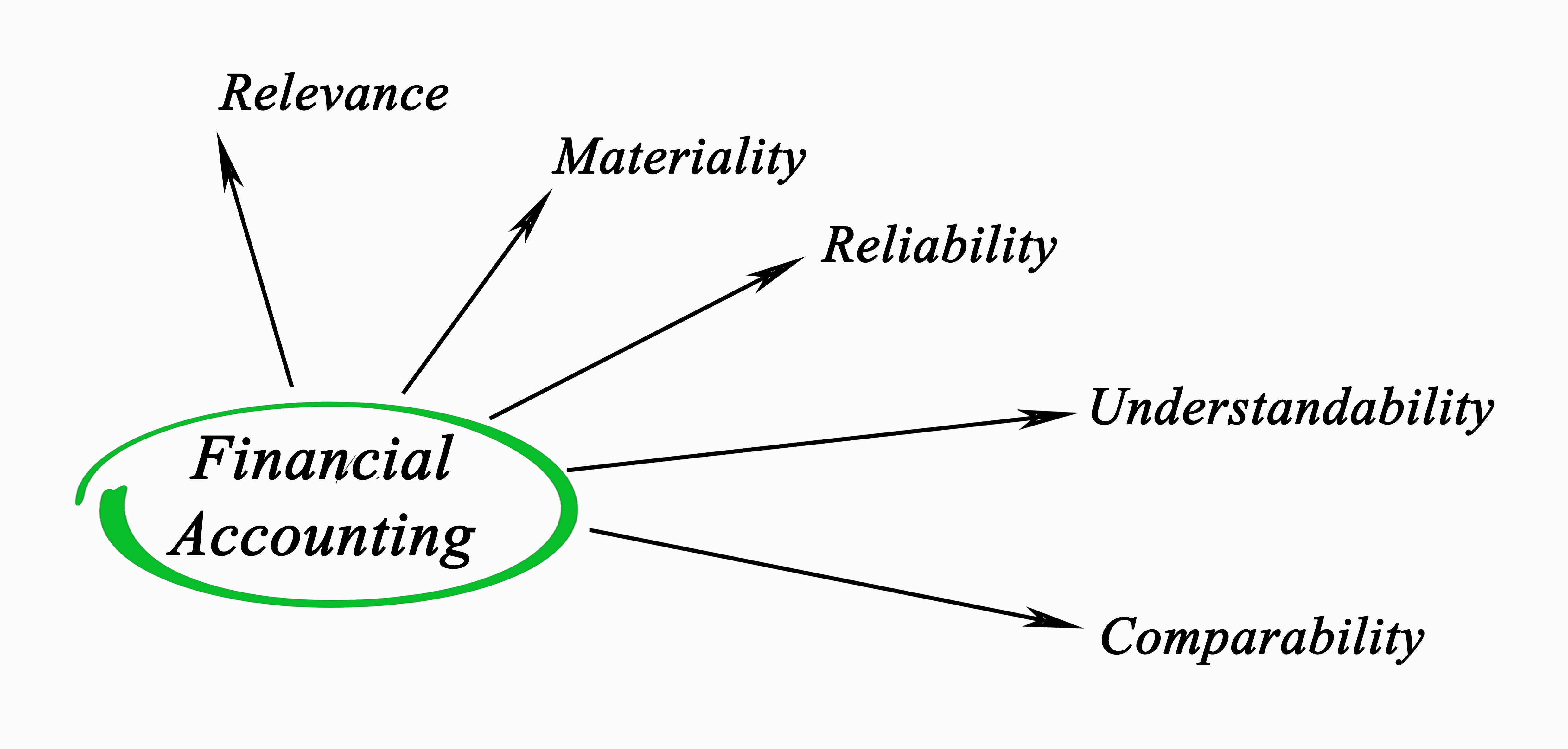
If you would like to compare the various definitions in play for materiality, then Emily Chasan has the article for you at the Wall Street Journal on 11/3: Definition of Materiality Depends Who You Ask.
The definition readers of this blog have incorporated deep into their brain is from FASB, as follows:
Information is material if omitting it or misstating it could influence decisions that users make on the basis of the financial information of a specific reporting entity. In other words, materiality is an entity-specific aspect of relevance based on the nature or magnitude or both of the items to which the information relates in the context of an individual entity’s financial report. Consequently, the Board cannot specify a uniform quantitative threshold for materiality or predetermine what could be material in a particular situation.
The Supreme Court gave this definition in a key securities law case back in 1976:
An omitted fact is material if there is a substantial likelihood that a reasonable shareholder would consider it important in deciding how to vote.
I’m just a little ol’ sole practitioner working in my little ol’ corner of the audit world trying to stay as far away from the securities rules as I can, but that sure seems to me like a much higher definition than FASB has outlined.
Seems to me there are a lot of things that you could drop from the financials if you used the Supreme Court’s definition instead of FASB’s. Am I missing something?
Of course, I think most CPAs think of a much smaller cutoff for material than what the FASB’s definition actually says. For example, do you think there are any lenders or investors who give a hoot about typical lease disclosures in a business? ‘Spose there are any bank lenders who care about VIEs? IF they do, it is probably to wish that the VIE info was removed from the financials. Probably half of the comments on accounting policies are not of interest to anyone.
The IASB definition is quite similar to FASB’s.
Then there is the PCAOB definition, which I’ve not looked at before. Check this out so see if you can spot the circular reasoning:
To obtain reasonable assurance about whether the financial statements are free of material misstatement, the auditor should plan and perform audit procedures to detect misstatements that, individually or in combination with other misstatements, would result in material misstatement of the financial statements. This includes being alert while planning and performing audit procedures for misstatements that could be material due to quantitative or qualitative factors.
At first glance, seems to me that is saying an item is material if it would materially misstate the financial statements. The definition of material is something that’s material? I’m obviously missing something. Can anyone enlighten me? (How’s that for a loaded question?)
Check out the article for more details. In the meantime, I will continue to stay far, far away from public companies.